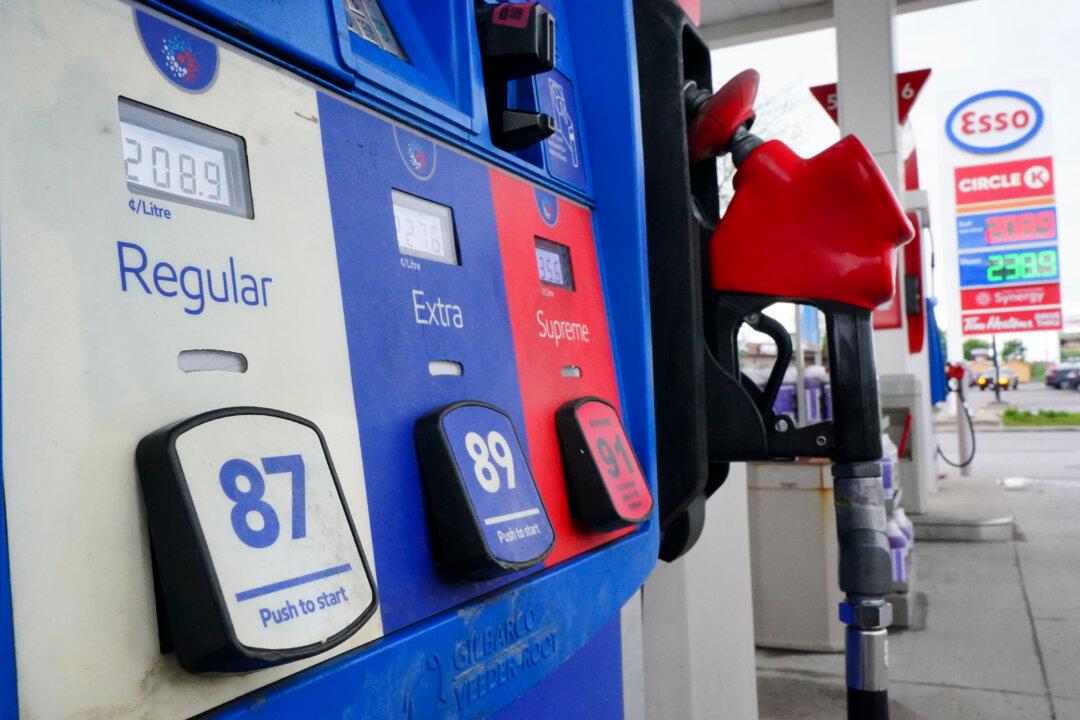The first payment of the year from Ottawa’s carbon pricing rebate program is on the way for many Canadians, although the amount received will vary by province.
Canadians in Alberta, Saskatchewan, Manitoba, Ontario, New Brunswick, Nova Scotia, P.E.I, and Newfoundland and Labrador will receive a rebate via direct deposit or cheque beginning Jan. 15, if their income tax and benefit returns have been filed.





